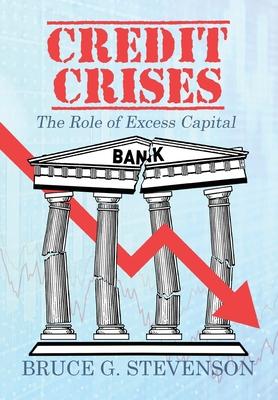Credit crises are catastrophic events in which banks and lenders suffer extreme losses when loans and other credit instruments default on a large scale and cause banks to fail in extraordinary numbers. Massive loss of economic value ensues, threatening the viability of national economies and the global financial system.
The most recent credit crises, the 2007 Subprime Mortgage Crisis and 2007-2009 Great Recession, have striking parallels to the Roaring Twenties and the Great Depression. In both periods, rapid increases in the value of residential real estate fueled speculation in the housing and equity markets, and when the real estate bubbles burst, massive recessions and unemployment followed. In the eighty years between these catastrophes, several other credit crises occurred including a real estate investment trust crisis in the mid-1970s and a commercial real estate crisis in the late 1980s and early 1990s.
Credit Crises: The Role of Excess Capital provides the first definitive explanation for these repetitive catastrophes: the Excess Capital Hypothesis (ECH). Written for bankers, bank regulators, finance professionals, and policymakers, Credit Crises provides a detailed explanation of how excess capital has been the driver of past credit crises. The ECH is the definitive roadmap for mitigating credit crises, and Credit Crises offers recommendations to bankers, bank regulators, and policymakers on how to prevent and lessen future crises.
